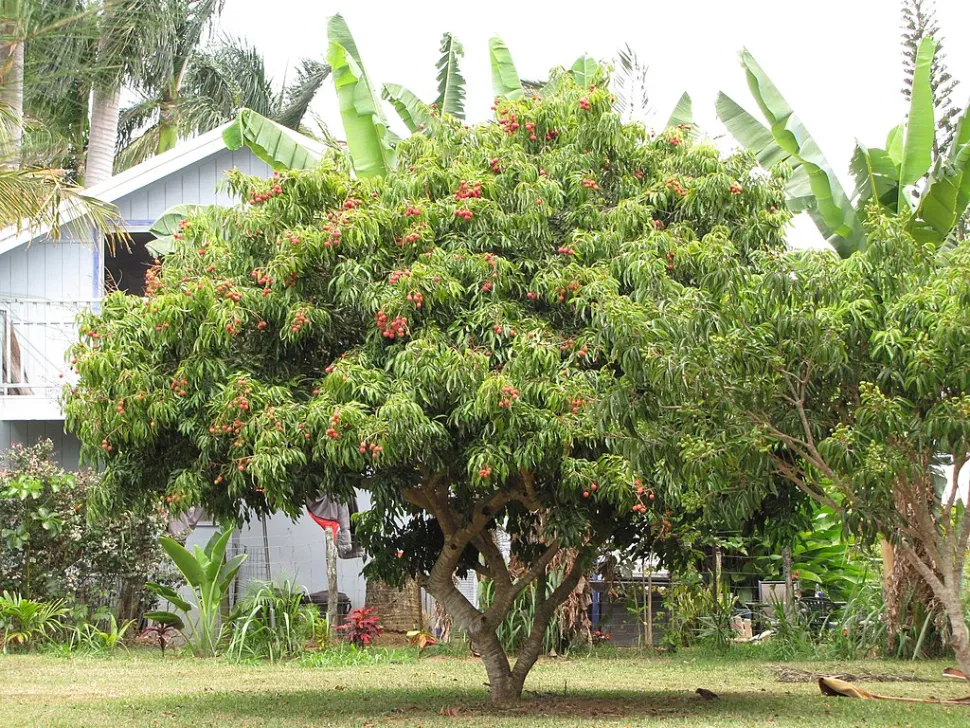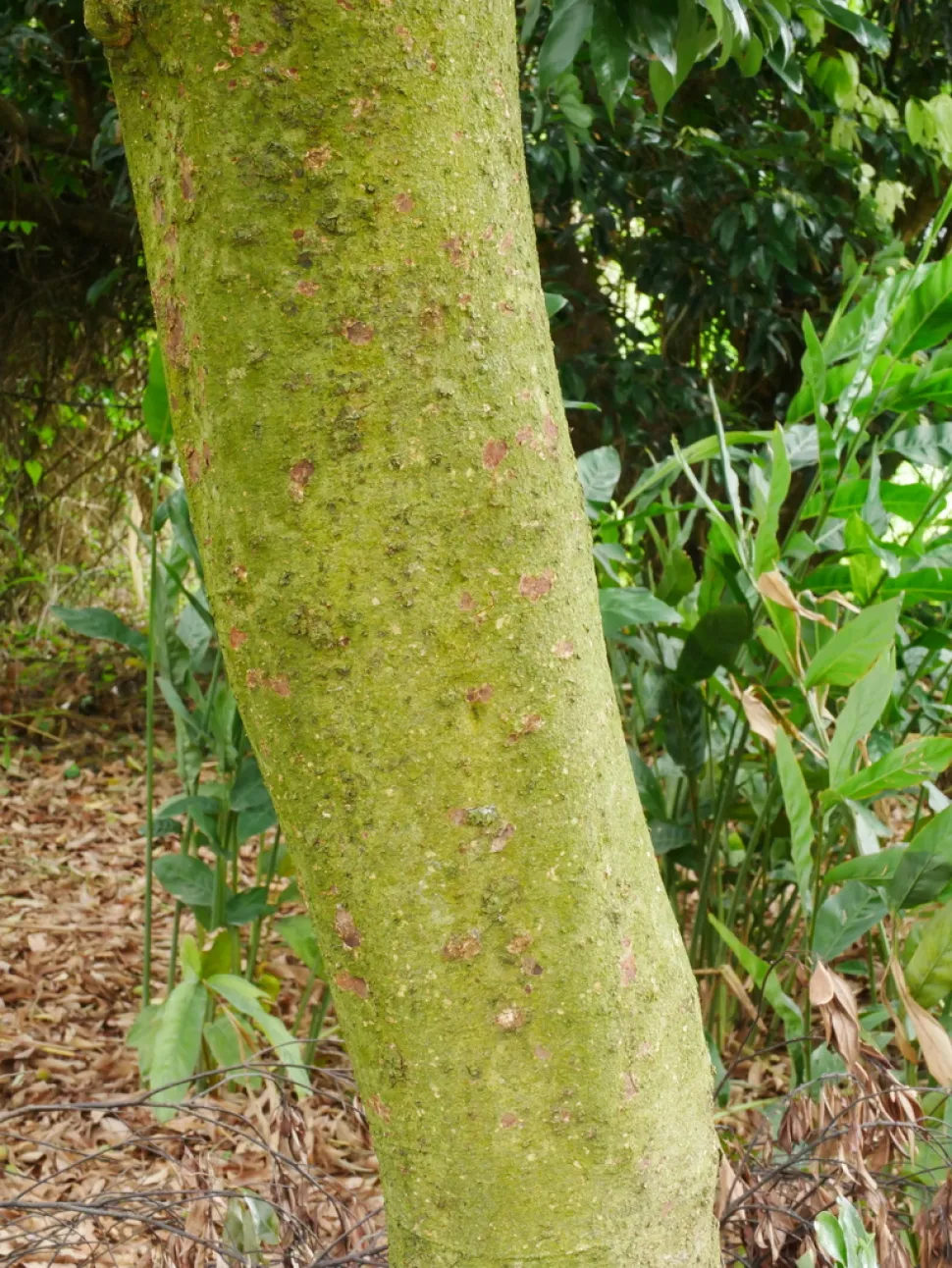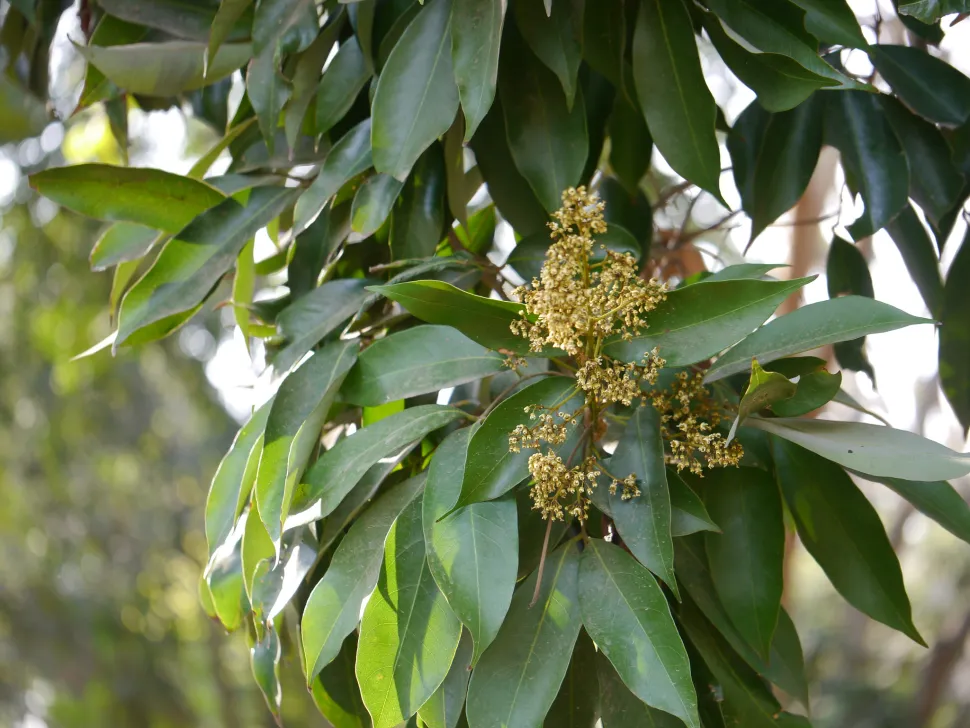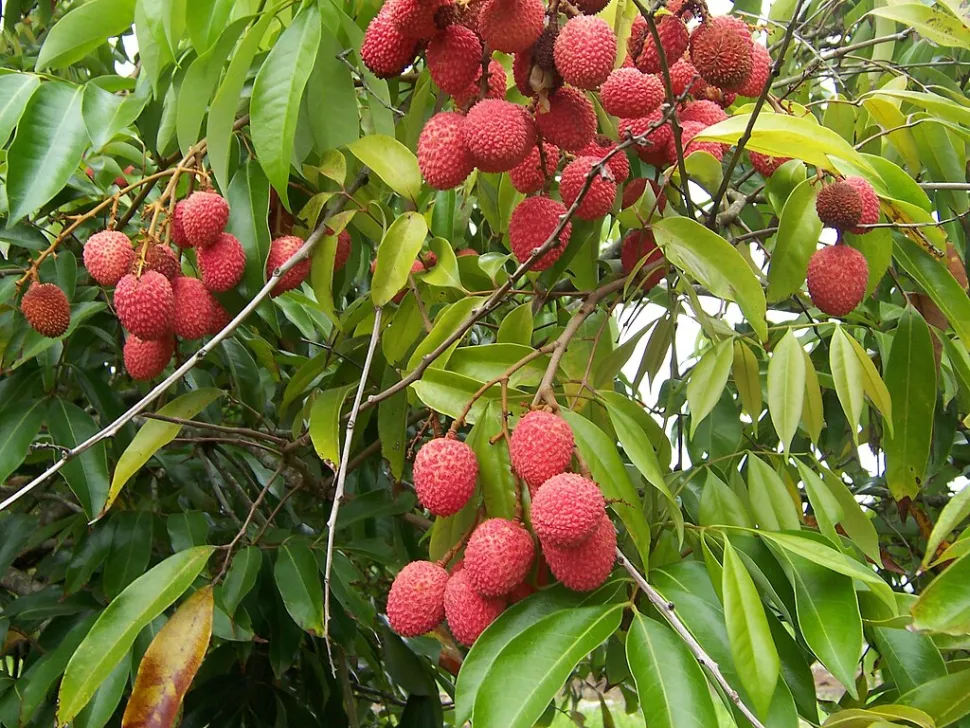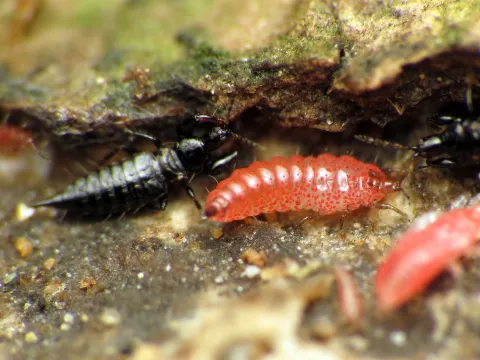Litchi chinensis, the tree of pink fruits
In the wild, litchi chinensis grows in China, Malaysia and Borneo. This member of the Sapindaceae family is also cultivated in India and Madagascar for its fruit, and in our latitudes as a houseplant.
How to recognize Litchi chinensis?
Litchi chinensis is a fruit tree with a spreading, rounded habit. It can reach 20 meters in height when planted in the ground. In pots, it grows to no more than three meters.
A smooth gray bark envelops the irregularly surfaced trunk. It supports supple branches which, in winter, bend under the weight of fruit.
The alternate leaves are paripinnate, as in longanier (Dimocarpus longan). They are composed of an even number of leaflets (between six and eight). Oval or lanceolate, they measure between six and fifteen centimetres in length. The adult leaf blade is dark green with a varnish finish on the upper side and a grayish underside. Young shoots are red or bronze.
Thethyrseal inflorescence maybear several dozen flowers. Pinkish-white or greenish-white, they measure less than a centimetre.
Globular fruits appear in clusters. The three- to four-centimetre spheres are covered with tough, bumpy pink or red bark. Inside are white flesh and brown seeds.
The stone is poisonous, but the pulp is edible. As long as you don't abuse it. In fact, it contains several substances that impair glucose production. In India, hundreds of children have died from inflammation of the brain. They had eaten large quantities of lychees on an empty stomach.
Our maintenance tips
Watering
Litchi chinensis can withstand neither drought nor excess water.
Before watering, check the condition of the potting soil. The surface must be at least one centimeter dry.
Before watering, check the condition of the potting soil. The surface must be at least one centimeter dry.
Spray
In the wild, litchi chinensis benefits from high humidity. Spray it regularly with non-calcareous water to bring it closer to its natural environment.
Fogging will also keep red spiders and other pests away.
Repotting
Every spring, repot your Litchi chinensis to give it more space.
Get a pot with holes larger than the root ball. You can add a layer of clay balls to the bottom to optimize drainage.
Ifyou don't have any, you can use potting soil. Plant your Litchi chinensis in the center. Fill in with your substrate without burying the crown.
Water with room-temperature water to expel air bubbles and help the plant take root.
Fertilization
To promote the growth of your Litchi chinensis, apply fertilizer in spring and summer.
Litchi chinensis are greedy plants. They need to be fertilized. Feed yours with a special liquid or granulated citrus fertilizer.
Prune
To encourage the growth of your Litchi chinensis, prune regularly.
Remove wilted leaves usinga clean, sharp tool.
Plantation
When the risk of frost has passed, it's time to plant.
Choose a sunny location sheltered from the wind. It should be at least ten meters away from other trees or your house.
Soak the rootball in water at room temperature. Meanwhile, dig a hole twice as big. Put some compost in the bottom.
Plant your Litchi chinensis without burying the crown. Fill in with garden soil. You can mulch the soil with a mineral or plant material to keep the substrate moist between waterings.
Water generously to encourage rooting.
Seedling
Your seedlings need warmth. Summer is the best time to get started.
Remove the pulp from around the stone and leave to soak in water for 24 hours.
Line the bottom of a transparent box with a damp paper towel. Place your kernel inside and cover it with another sheet of damp paper towel. Close the box.
Wait two to three weeks for the kernel to germinate.
Fill pierced plastic cups with a mixture of potting soil and sand Plant your Litchi chinensis. The root should be at the bottom and the sprout at the top. Cover the core and root with a thin layer of soil and leave the sprout in the open air.
Place your plant in a sunny spot, with a temperature of at least 25°C.
Mist the substrate regularly to keep it moist.
Disease / Threat
Information
| Family | Sapindaceae - Sapindaceae |
| Type | Litchi - Litchi |
| Species | Litchi chinensis - Litchi chinensis |
| Lifecycle | Perennial |
| Foliage | Evergreen |
| Exposure | |
| Substrat | |
| Planting methods |
Open ground In pots |
| Categories | |
| Tags |
Edible fruit Fritillary Soiffarde |
| Origins |
Central Asia East Asia |
| Hardiness (USDA) | 11b |
| Leaf color |
|
| Flower color |
|
| Fruit color |
|
Discover plants from the same family
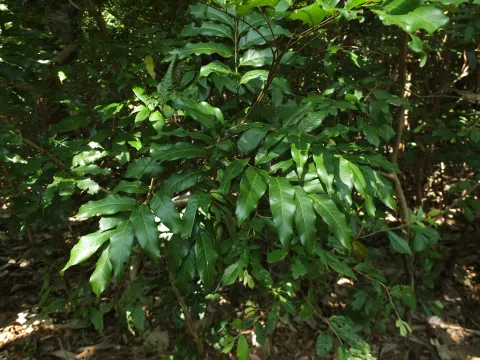
Longanier
Discover
